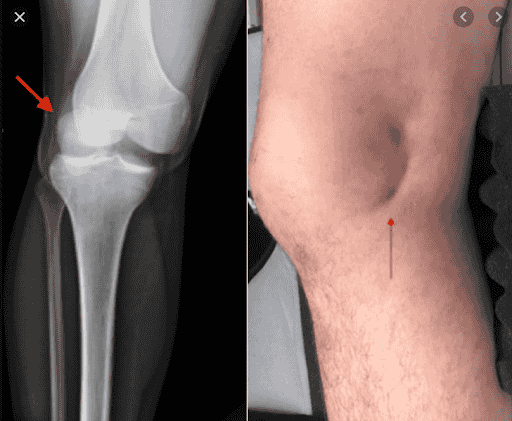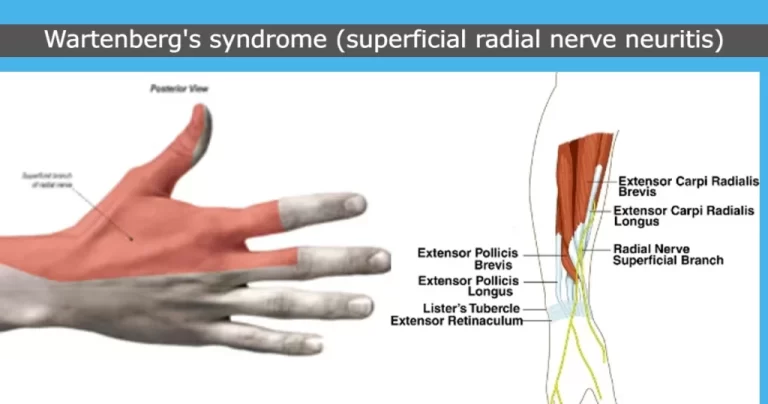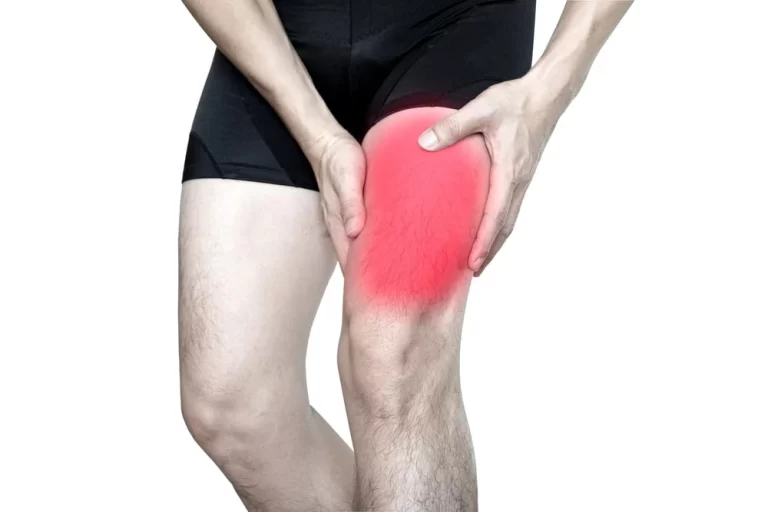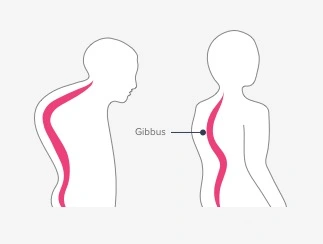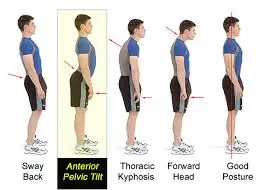Knee Dislocation
Introduction
A knee dislocation is a rare but severe injury where the bones that form the knee joint—typically the femur (thighbone), tibia (shinbone), and sometimes the patella (kneecap)—are displaced from their normal alignment.
This injury often results from high-impact trauma, such as car accidents or sports injuries, and can damage the surrounding ligaments, blood vessels, and nerves, making it a medical emergency. Immediate treatment is crucial to restore knee function and prevent complications like loss of blood flow to the leg or permanent nerve damage.
A knee dislocation is an uncommon yet dangerous injury. Numerous ligaments, blood arteries, and nerves might sustain harm by dislocation. There could be a risk to the legs and joint integrity and health. Please continue reading to find out more about dislocated knees, their diagnosis, and available treatments.
Anatomy Of The Knee Joint
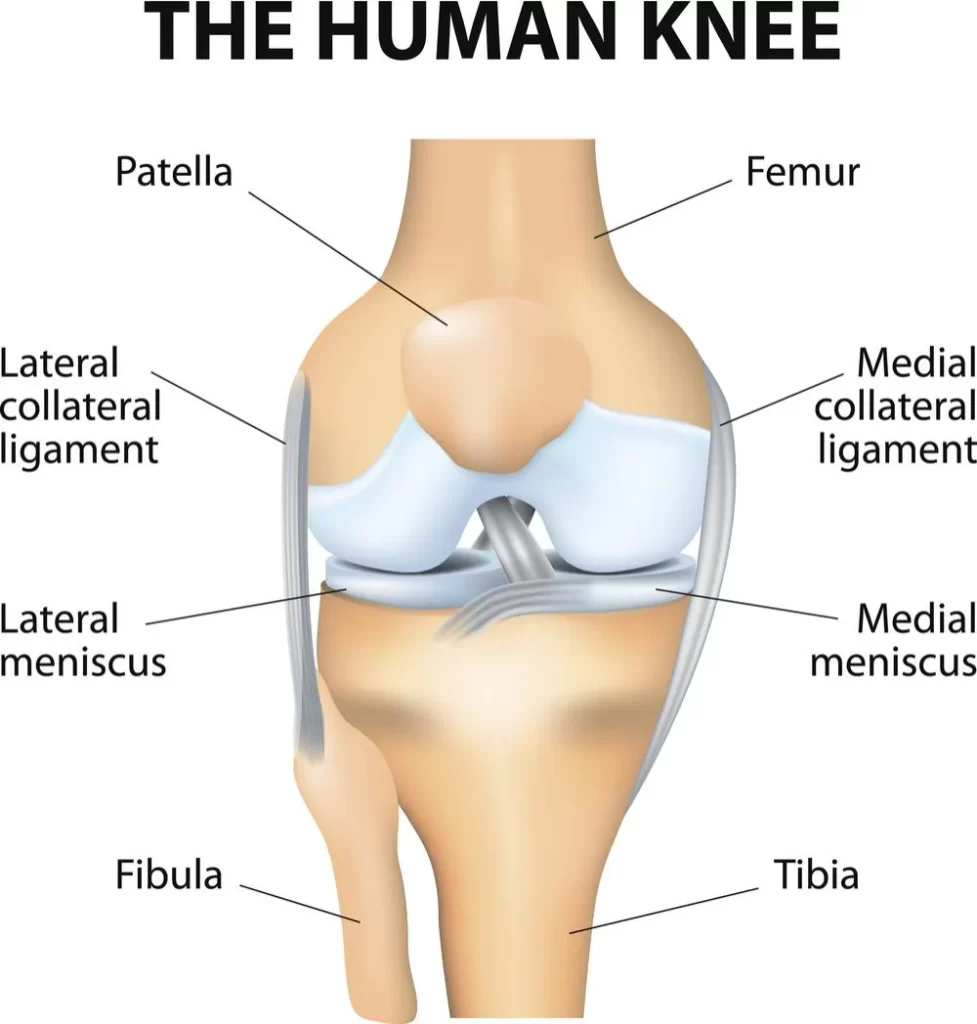
Amongst all the joints in the human body’s anatomy, the knee is the biggest and most often injured joint. Its four main structural components are bones, tendons, ligaments, and cartilage.
Bones
- The tibia (shinbone), patella (kneecap), and femur (thigh bone) combine to form your knee joint.
- To provide the minimum amount of protection, the patella lies in front of the joint.
Articular cartilage
- The tibia, femur, and rear of the patella are encircled by this tissue, which is called articular cartilage. The smooth surface of the articular cartilage allows your knee bones to move more smoothly when you stretch or compress your leg.
Meniscus
- Two wedge-shaped pieces of meniscal cartilage that serve as shock absorbers are called meniscuses, and they are located between your femur and tibia.
- The meniscus, helping in maintaining and stabilizing the joint, is much stronger than articular cartilage.
- When someone refers to a torn meniscus, they typically indicate a torn segment of knee cartilage.
Ligaments
- The tibia (shinbone) and femur (thigh bone) are joined at the knee joint by the four primary ligaments.
- Your knee’s four major ligaments work as sturdy cords to hold the knee’s bones together and make your knee stable.
- An anterior cruciate ligament (ACL): This ligament, which is situated in the middle of the knee, regulates the shin bone’s rotation and forward motion.
- The posterior cruciate ligament (PCL), which is situated behind the knee, regulates the shin bone’s ability to slide backward.
- The medial collateral ligament (MCL) provides stabilization for the inner knee.
- The ligament known as the lateral collateral ligament (LCL) stabilizes the outer knee.
Tendons
- A tendon simplifies the joining of muscles and bones.
- The muscles of the front legs are hooked up to the patella through the quadriceps tendon.
- As opposed, the patellar tendon ties the patella to the tibia.
What is Knee Dislocation?
- An abnormal displacement of one of the three knee bones from its proper alignment results in a knee dislocation. If there are abnormalities in the structures of your knee, it may occur.
- People who are born with a dislocated knee are said to have congenital dislocation of the knee.
- A dislocation of the knee may occur from a traumatic event that forces the bones of your knee joint abruptly out of the spot. It is painful and it is an emergency. Your shin and thigh bones may be partially or fully displaced if your knee is dislocated.
- Dislocated kneecaps are not the same as dislocated knees. Your patella (kneecap) may slip out of place at that point. Sometimes, physicians refer to this as a patellar subluxation.
- Knee dislocations are uncommon yet dangerous. It is believed that several injuries to the knee happened simultaneously. You must seek medical attention quickly.
What is the Congenital Knee Dislocation (CKD)?
A rare disorder known as congenital knee dislocation (CKD) causes the knee joint to be displaced from birth. Several things have been suggested as reasons. It can happen on its own or in conjunction with other developmental disorders like clubfoot. After birth, doctors diagnose CKD. Usually, an X-ray of the affected joint is taken. Surgery and serial casting are two possible treatment options.
What are the causes of the Knee Dislocation?
When the knee dislocation is not a congenital disorder, it is the consequence of severe trauma, like in the following cases:
- Vehicular accidents. If you bang your knee hard enough against something hard, like the dashboard’s layout of your car, it could dislocate.
- Sports-related injuries. Although they happen less frequently than auto accidents, dislocating your knee can occur by overextending it (bending it backward farther than it should) or from a hard impact with another player or the ground while your knee is bent.
- Dangerous falls. It can happen to runners or skiers who lose their balance and land on an overextended or bent knee. If you fall after accidentally walking into a hole in the ground, you can even dislocate your knee.
What are the symptoms of the Knee Dislocation?
A popping sound could be generated if your knee dislocates. Typical signs and symptoms include as follows:
- It is severely painful. You are unable to move or straighten your knee due to excruciating discomfort.
- Your knee appears unstable.
- It has serious bruises and swelling.
- The knee appears to have been knocked somewhat out of alignment.
- You are unable to engage in your regular sports or hobbies.
How to Diagnose Knee Dislocation?
It would be best if you visited the emergency department immediately so that many views of your knee can be taken to confirm the injury.
- Examination: After examining your knee, your doctor will want to know how it was hurt. They’ll make a note of your knee’s swelling and deformity as well as your ability to move it.
Applying pressure to different parts of your leg can help your doctor determine whether the ligaments which are bands of tissue that help maintain the knee have sustained any additional damage. Ligament tears are mostly associated with a knee dislocation. - They will also record the texture and appearance of your skin from below the knee to the tip of your foot. Your skin may become darker and less warm as a result of nerve or blood vessel injury caused by dislocating your knee. Blood flow and your feeling of touch behind the knee joint may be altered by this. In severe circumstances, failure to manage these serious problems may result in amputation of the affected limb.
- Ankle-brachial index examination: They might use this test to check for variations in blood flow. It contrasts the blood pressure readings taken at your ankle with the usual site on your arm. Your legs’ blood flow may be impaired due to the dislocation if your ankle-brachial index number is low.
- Electromyography. This process may be used by your doctor to examine your nerves and muscles. To record electrical activity in your muscle, they will pierce it with a needle. Your nerve signals’ intensity and speed can be measured using surface electrodes.
- Imagine. A medical professional aims to look at the internal structure of your knee. An X-ray may determine if your bone has been knocked out of its joint. It can also indicate whether you have any fractured bones as a result of the accident.
- MRI (magnetic resonance imaging): Any injury to the knee’s ligaments or other soft tissues can be seen using an MRI. Also, it assists a surgeon in getting ready to rebuild your knee. An MRI or ultrasound also can show whether there’s a nerve injury.
- Arteriogram: Your doctor may prescribe an arteriogram, an X-ray illustrating blood flow in your arteries and veins. It’s an additional method to check for blood vessel injury after the knee dislocation.
What are the treatments for the Knee Dislocation?
How you receive medical treatment will be dependent on how serious your injuries are.
Conservative Treatment
Your doctor might attempt to realign your knee if the injury isn’t too serious by applying pressure and adjusting your leg in specific ways. This will most likely hurt a lot. To make you feel better, your doctor will offer to give you medication. You’ll probably need to wear a splint for a few weeks after your bone has grown back into the joint so that your knee recovers without being used or bearing any weight.
Surgical Treatment
Surgery may be required to address the dislocation as well as any additional damage caused by your incident. These include:
- Fractured bones
- Ligaments tear
- Damaged nerves
- Damaged blood vessels
To give the swelling time to subside, surgery may not be performed for one to three weeks following your injury. You will need to wear a splint, apply ice to the injuries, and keep your leg elevated while you wait.
Your surgeon might do knee arthroscopy. This is carried out by making tiny incisions around your knee. The extent of your knee injury will determine which kind you require.
What is the Prognosis of the Knee Dislocation?
- You might need to wear different knee braces while recovering from surgery. Some let you flex your knee to release stiffness.
- For knee rehabilitation, your doctor should refer you to a physical therapist once your braces or splints have been taken off. You’ll aim to restore your joint’s complete range of motion and strengthen the leg muscles surrounding your knee.
- The extent of your injury and if your blood vessels and nerves were harmed will determine how quickly you heal. If you undergo treatment straight away, you should recover quite successfully.
- A knee dislocation can require a lengthy recovery period. Your knee could not heal completely from injuries for up to a year. You will heal faster if you adhere to your doctor’s recommendations. Sportsmen who dislocate their knees might be able to resume their activities, but their performance might not be as good as it once was.
What is the physical therapy for the Knee Dislocation?
Common Physical Therapy Techniques used are :
- Heat/Cold Therapy: Heat and cold therapy is an adequate approach for lowering pain and inflammation.
- Electrical stimulation: Has the potential to enhance muscular function and lessen discomfort.
- Ultrasound (US): US ultrasound therapy uses ultrasonic waves to reduce inflammation and encourage tissue healing.
- Joint mobilization: Gentle manipulation of the knee joint helps enhance the range of motion along with decreasing stiffness.
- Range-of-motion exercises: Gradually build the flexibility of the knee joint.
- Strengthening Exercises: Focus on the calf, hamstring, and quadriceps muscles to give stability.
- Balance and coordination exercises: These skills can enhance proprioception and reduce the chance of falls.
- Gait training: It’s a recognized procedure to retrain one’s body to walk safely and normally.
- Exercises particular to a sport: Gradually go back to running, jumping, or cutting.
What are the complications of the Knee Dislocation?
A serious injury like a dislocated knee might have serious consequences if not addressed immediately.
- Your doctor might need to amputate if the dislocation significantly reduces the blood flow to your legs.
- Deep vein thrombosis, or blood clots in the deep veins of the legs, can also result from knee dislocations.
- Another typical consequence is acute compartment syndrome. This occurs when the muscles inflate and pressure builds up in the blood vessels, muscles, and nerves. It hurts if this takes place. It would be best if you visited a physician straight away.
Summary
A hazardous medical ailment known as a dislocated knee can result from stress caused by falls and sports-related accidents. Additional problems including injury to blood vessels and nerves may result from it. If you think you may have dislocated your knee, get medical attention right once. When a knee dislocation is suspected, early assessment is crucial. If you receive timely diagnosis and treatment, your chances of recovering are enhanced.
FAQs
How can I determine whether my knee is dislocated?
Signs and symptoms
The knee seems to be twisted.
The bowed knee cannot be straightened out.
The patella, or kneecap, dislocates to the exterior of the knee.
Soreness and pain in the knees.
Swelling in the knees.
A “sloppy” kneecap is defined as a hypermobile patella or excessive movement of the kneecap from the right to the left.
How does one fix a dislocated knee?
A patient in urgent need of emergency medical attention shortly has a dislocated kneecap. Once pain medicine has been administered, the doctor or other healthcare provider will straighten the leg and carefully realign the kneecap. This quick shift is known as a reduction.
Is a dislocated knee serious?
A dislocated knee is one of those injuries that frequently require emergency treatment since it can be fatal. When left untreated, knee dislocations can result in ligamentous, skeletal, and neurovascular damage that dramatically raises the chance of amputation of the affected limb.
How bad of a knee dislocation hurt?
Dislocations can cause a variety of pains, but most are rather severe. Depending on how much the surrounding muscles, ligaments, blood vessels, and nerves have been wounded, as well as how far out of the joint the bone has been driven. Any movement or weight bearing on the displaced joint will always cause discomfort.
How can someone who has a dislocated knee sleep?
While on your back, place a cushion under the injured knee, bend one leg, and place your foot on the bed.
How long does it take to heal from a dislocated knee?
As soon as your leg can move, you should take off the splint and perform these exercises. Wearing the splint is just recommended for relaxation. The average recovery time after a dislocated kneecap is six weeks. However, it occasionally may take a little longer to resume sports or other physically demanding activities.
References:
- Mohseni, M., Mabrouk, A., & Simon, L. V. (2024, February 27). Knee Dislocation. StatPearls – NCBI Bookshelf. https://www.ncbi.nlm.nih.gov/books/NBK470595/
- Indiana, J. E. M. O. S. O. N. (n.d.). Knee Dislocation – Trauma – Orthobullets. https://www.orthobullets.com/trauma/1043/knee-dislocation
- Knee Dislocation. (2022, September 22). WebMD. https://www.webmd.com/pain-management/knee-pain/knee-dislocation
- Seladi-Schulman, J., PhD. (2018, December 19). Dislocated Knee: What You Need to Know. Healthline. https://www.healthline.com/health/dislocated-knee#outlook
- Kelleher, H. B., MD. (n.d.). Knee Dislocation: Practice Essentials, Prognosis. https://emedicine.medscape.com/article/823589-overview?form=fpf
- Campagne, D. (2023, January 11). Knee Dislocations. MSD Manual Consumer Version. https://www.msdmanuals.com/en-in/home/injuries-and-poisoning/dislocations/knee-dislocations

